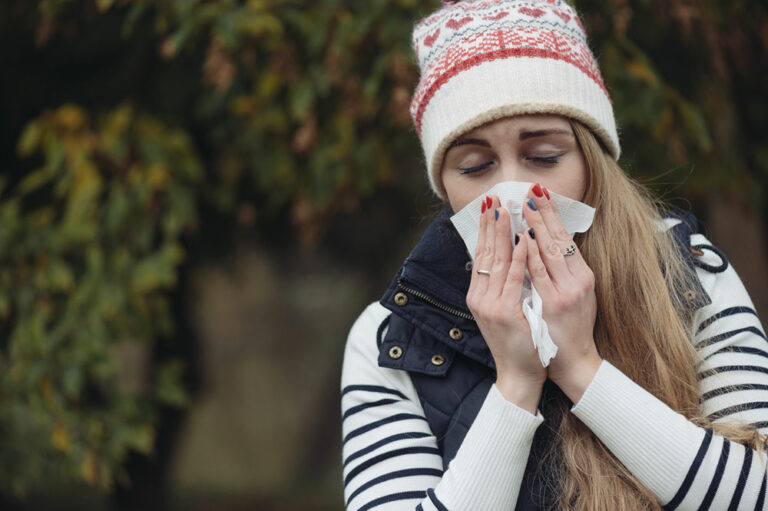
10 foods that may trigger or worsen lung disease
Lung disease refers to any problem in the lungs that prevents the organ from functioning properly. Several factors, such as age, pollution, and genetics, may influence lung complications. But, one often overlooks the fact that even their lifestyle habits, such as the type of food they eat, could damage the organ or worsen an existing illness. So, here are ten foods that may trigger or worsen any type of lung disease. Salty foods Foods high in sodium content may lead to fluid retention, which may cause bloating and inflammation. The resultant pressure on the lungs could make it difficult to breathe. Sodas Some studies have found links between the frequent consumption of sodas and cancer that may develop in the lungs. Therefore, to manage the organ’s health, it is best to avoid sugary drinks such as sodas and speak to an expert about alternative foods. French fries Fried foods like french fries are rich in unhealthy oils that may trigger gastrointestinal discomfort, which might make it difficult to breathe. Moreover, eating these foods regularly could lead to other health problems like high cholesterol and blood pressure, which could exacerbate lung diseases. Bacon Processed meats like bacon, salami, and chorizo contain nitrates to preserve the food that may worsen symptoms in patients with asthma or COPD.
Read More 










